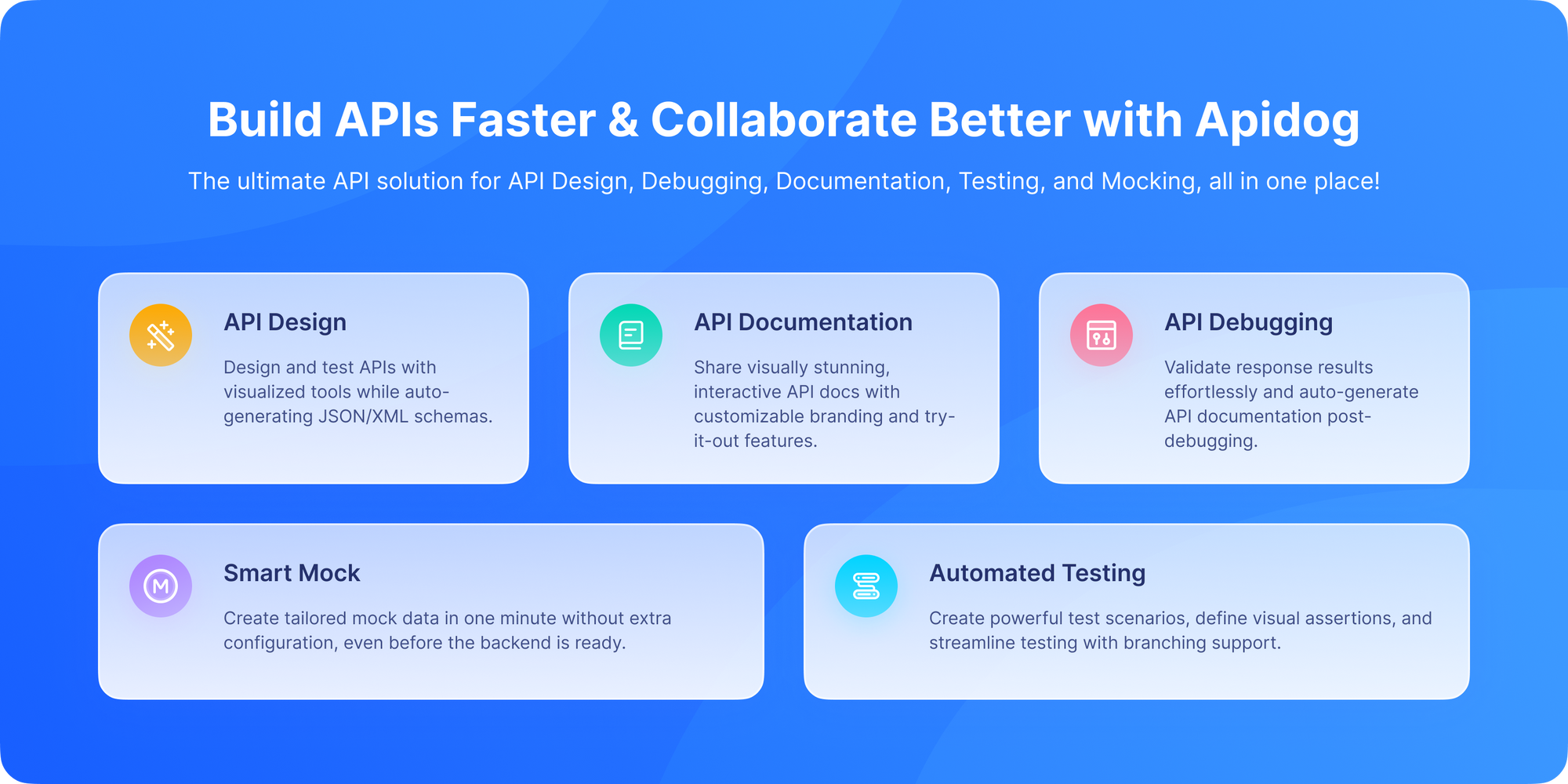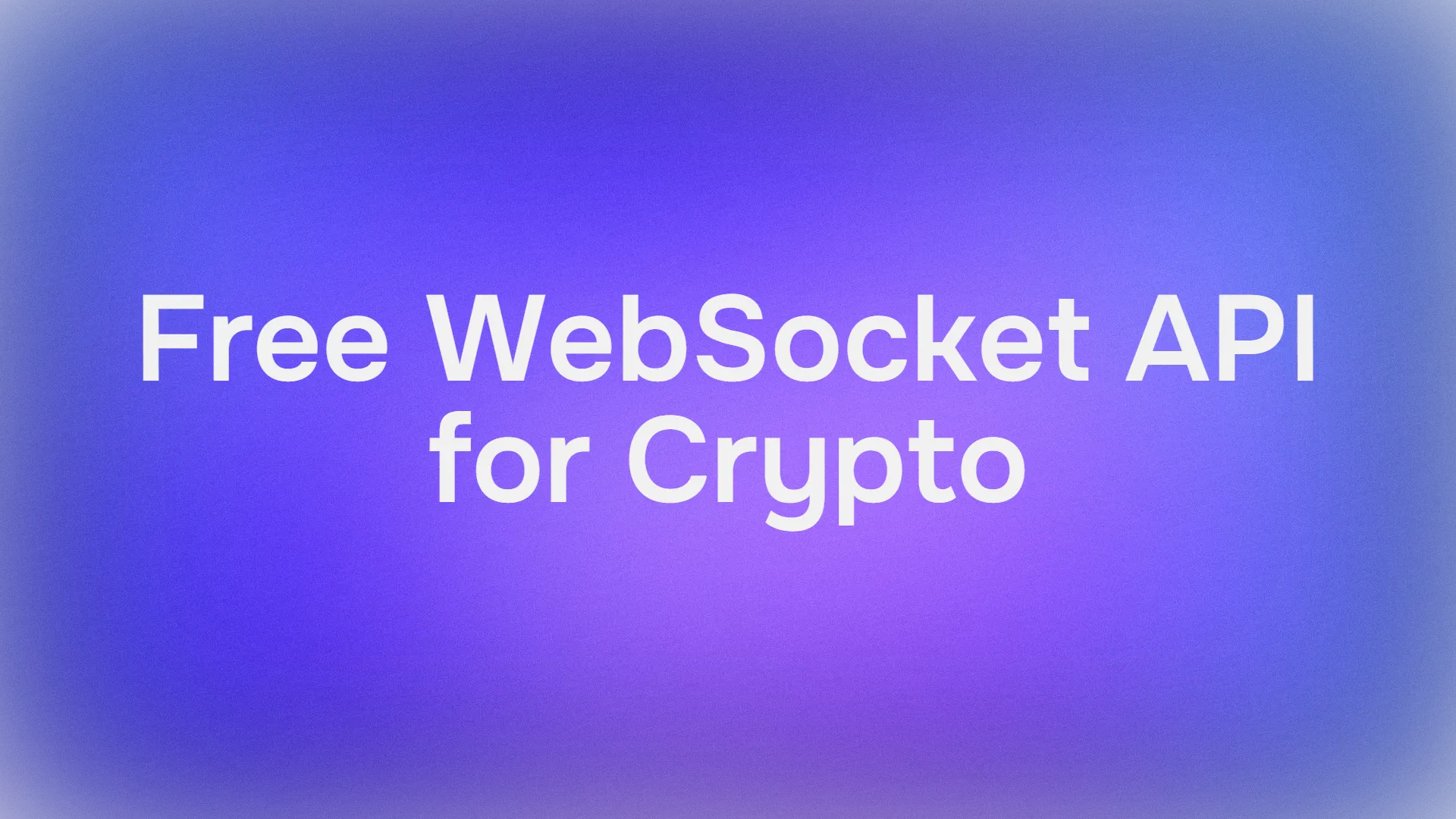You're cleaning out your digital closet. That blog post from 2015 about "Top MySpace Themes"? The product page for a discontinued item? The user profile for someone who deleted their account? These aren't just temporarily missing; they're intentionally, permanently gone. For these situations, there's a more definitive answer than the standard 404 Not Found: the 410 Gone status code.
While 404 says "I can't find this right now," 410 says something much more powerful: "This existed once, but it's been intentionally and permanently removed. Don't bother looking for it again."
It's the digital equivalent of finding an empty lot where a building once stood, with a sign that says "Building Permanently Demolished" versus simply not being able to find an address. Both mean you can't access what you're looking for, but one tells a much clearer story about what happened.
Whether you're managing a website, building an API, or just curious about web infrastructure, understanding the 410 status code can help you communicate more clearly with both users and search engines.
In this conversational and comprehensive blog post, we'll explore everything you need to know about 410 Gone, from its meaning and use cases to best practices for handling it both on the server and client sides. Whether you're a developer designing APIs, a content manager managing URLs, or a curious user aiming to understand web standards better, this guide has you covered.
200, 404, or the definitive 410 Gone.Now, let's explore the purpose, power, and practical applications of HTTP 410 Gone.
The Problem: The Ambiguity of 404
The standard 404 Not Found status code serves a crucial purpose, but it has one significant limitation: ambiguity. When a server returns 404, it could mean several different things:
- The resource never existed
- The resource existed but was moved without a redirect
- The resource existed but was temporarily removed
- The resource existed but was permanently deleted
For users and automated systems like search engine crawlers, this ambiguity creates uncertainty. Should they keep checking back? Should they update their links? The 410 status code was introduced to eliminate this ambiguity for one specific scenario: intentional, permanent removal.
The Official Definition (RFC 7231)
According to the HTTP/1.1 specification (RFC 7231):
"The 410 (Gone) status code indicates that access to the target resource is no longer available at the origin server, and that this condition is likely to be permanent."
That last part "likely to be permanent" is the key. When a client (like a browser or API consumer) receives a 410, it should stop requesting that URL in the future.
What Does HTTP 410 Gone Actually Mean?
The 410 Gone status code indicates that the requested resource is no longer available at the origin server and that this condition is likely to be permanent.
The official RFC 7231 specification states that this condition is "expected to be considered permanent" and that "clients should not retry the request later."
A typical 410 response looks like this:
HTTP/1.1 410 GoneContent-Type: text/htmlContent-Length: 125
<html><head><title>410 Gone</title></head><body><center><h1>410 Gone</h1></center></body></html>
For APIs, it's often more helpful to include additional context:
HTTP/1.1 410 GoneContent-Type: application/json
{
"error": "Gone",
"message": "This user account was permanently deleted on 2023-06-15.",
"code": 410
}
The Key Difference: 410 vs. 404
This is the most important distinction to understand. Let's break it down with a simple analogy:
404 Not Found: You're looking for a book in a library. The librarian checks the system and says, "I don't see that book in our records." You don't know if the library never had it, if it's checked out, or if it's lost.410 Gone: You're looking for the same book. The librarian says, "We did have that book, but we intentionally removed it from our collection and destroyed it last year. We will never have it again."
Technical Implications:
404doesn't provide any information about whether the resource existed previously410explicitly confirms that the resource did exist but has been intentionally removed404might be temporary (the resource could reappear)410is explicitly permanent
Why Use 410? The Strategic Benefits
1. SEO and Search Engine Communication
This is one of the most powerful reasons to use 410. Search engines like Google treat 410 responses differently from 404 errors:
- Faster De-indexing: When Google encounters a
410status, it typically removes the URL from its index much faster than with a404. The clear signal of permanent removal tells Google to stop wasting crawl budget on that URL. - Link Equity Handling: A
410suggests that any "link juice" or ranking power pointing to that URL should be redistributed more efficiently, whereas with404s, Google might hold onto that equity for longer in case the page returns. - Clear Intent: You're actively telling search engines, "I meant to remove this, it's not an accident."
2. API Design Clarity
In API development, 410 provides semantic precision that 404 lacks:
GET /api/users/123returns404if no user with ID 123 has ever existedGET /api/users/123returns410if user 123 existed but was permanently deleted
This distinction can be crucial for client applications that need to understand why a resource isn't available.
3. User Experience
While both codes result in an error page, a custom 410 page can provide more helpful information:
- "This product has been discontinued"
- "This blog post was removed by the author"
- "This user has deleted their account"
- Suggestions for alternative content
This transparency builds trust with your users.
Practical Use Cases for HTTP 410
1. Content Pruning and Spring Cleaning
When you're intentionally removing old, outdated, or low-quality content from your website, use 410 instead of 404. This is particularly useful for:
- Old blog posts that are no longer relevant
- Seasonal content that won't be repeated
- News articles that have become outdated
2. User-Generated Content Removal
When users delete their own content whether it's a social media post, a comment, or their entire account 410 is the appropriate response. It clearly communicates that the removal was intentional.
3. API Resource Lifecycle Management
In RESTful APIs, 410 is perfect for signaling that a resource has been permanently removed:
- Deleted user accounts
- Discontinued products
- Archived projects
- Retired API versions
4. Legal and Compliance Requirements
Sometimes you're required to remove content for legal reasons. Using 410 provides a clear audit trail that the removal was intentional and permanent.
How Should Clients Handle 410 Gone Responses?
Clients receiving a 410 should:
- Treat the resource as permanently unavailable.
- Remove or update bookmarks and cached URLs accordingly.
- Avoid retrying requests for the same URL.
- In APIs, notify users that requested data is no longer accessible.
- Update internal links to remove references to the gone resource.
How Developers Can Handle 410 Gone
Now let's talk about implementation and debugging.
1. Using 410 in Apache
If you're using Apache, you can define a 410 response using .htaccess like this:
Redirect gone /old-page.html
This tells the server to respond with 410 Gone whenever someone requests /old-page.html.
2. Using 410 in Nginx
In Nginx, you can configure it like this:
location /old-page {
return 410;
}
Simple, elegant, and effective.
3. In Express.js (Node.js)
Here's an example of returning 410 Gone in a Node.js app:
app.get('/deprecated-endpoint', (req, res) => {
res.status(410).json({
message: 'This endpoint is permanently removed. Please use /v2/new-endpoint.'
});
});
This is especially useful when you're sunsetting legacy API routes.
Testing 410 Responses with Apidog

Now comes the fun part: testing and debugging 410 Gone responses. Implementing 410 status codes correctly requires careful testing to ensure they're only returned in appropriate scenarios. Apidog is an excellent tool for this purpose.
With Apidog, you can:
1. Test Resource States: Create test scenarios that verify your API returns the correct status code for different resource states:
- Active resource:
200 OK - Never existed:
404 Not Found - Permanently deleted:
410 Gone
2. Automate Lifecycle Testing: Create test suites that simulate the entire lifecycle of resource creation, access, deletion, and post-deletion access to ensure status codes transition correctly.
3. Verify API Documentation: Use Apidog to document which of your API endpoints might return 410 and under what conditions, providing crucial information to other developers.
4. Test Client Handling: Ensure that client applications correctly interpret 410 responses and don't treat them as transient errors that should be retried.
Apidog makes it visual so you can see exactly how your server handles deprecated routes or missing data in real time.
If you haven’t tried it yet, download Apidog for free. It's an all-in-one platform to design, test, and manage APIs effortlessly. And yes it helps you handle edge cases like 410 Gone without writing extra code.
Implementation Examples
Web Server Configuration (Apache)
# For a specific URL that's gone forever
Redirect 410 /old-page.html
# Using mod_rewrite for more complex scenarios
RewriteEngine On
RewriteRule ^discontinued-product/?$ - [G]
Node.js (Express)
app.get('/old-product', (req, res) => {
res.status(410).json({
error: 'Gone',
message: 'This product has been discontinued.',
discontinued_date: '2023-01-15',
alternatives: ['/new-product', '/similar-product']
});
});
Python (Django)
from django.http import HttpResponse
def deleted_post_view(request):
response = HttpResponse(status=410)
response['X-Deletion-Reason'] = 'Author removed content'
return response
SEO Considerations: 410 Gone Helps Search Engines
Search engines see the 410 status as a strong signal to remove URLs from their indexes quickly. Compared to 404, which may initially be treated as temporary missing pages, 410 speeds up the cleanup of obsolete content. This helps maintain site relevance and improves user experience by reducing dead links in search results.
Best Practices and Considerations
When to Use 410 vs. Other Codes:
- Use
410for resources that existed but were intentionally and permanently removed - Use
404for resources that never existed or whose status is uncertain - Use
301/308for resources that have moved to a new permanent location - Use
403for resources that exist but the user isn't permitted to access
What to Include in 410 Responses:
- A clear message explaining why the resource is gone
- A timestamp of when it was removed (optional but helpful)
- Links to related or alternative content
- For APIs, a structured error response with machine-readable details
Monitoring and Maintenance:
- Monitor your
410responses just like you monitor404errors - Use tools like Google Search Console to see which URLs are returning
410 - Consider implementing custom logging to track why resources are being removed
The Psychology of 410: Honest Communication
There's something refreshingly honest about the 410 status code. In a digital world full of broken links and ambiguous errors, 410 provides closure. It says, "This thing you're looking for is gone, and we're not pretending otherwise."
This honesty can actually improve user trust. Instead of wondering if something is broken or temporarily unavailable, users get a clear, definitive answer. They can move on rather than wasting time retrying or searching for something that will never return.
Common Misconceptions About 410 Gone
Let’s clear up a few myths:
❌ “410 is just another 404.”
Nope! 410 communicates intentional removal, not a missing resource.
❌ “410 Gone breaks SEO.”
Quite the opposite it helps SEO by cleaning up your site structure and removing dead ends efficiently.
❌ “Users hate 410 pages.”
Users actually appreciate clarity. A well-designed 410 page can provide helpful context, like:
"This page has been removed permanently. Check out similar products [here]."
Troubleshooting 410 Responses
If clients or users report 410 responses unexpectedly:
- Check server configurations and routing rules.
- Ensure only intentionally removed resources return 410.
- Audit API versioning and deprecation strategies.
- Update client-side code to handle 410 gracefully.
- Use Apidog to simulate requests and verify 410 status.
Conclusion: Why 410 Gone Matters for Web Health
The HTTP Status Code 410 Gone might not get as much attention as 404 or 500, but it's a powerful signal in both API development and web management. While encountering a 410 Gone might feel like hitting a wall, it's a crucial part of maintaining a clean, trustworthy web presence. It helps webmasters communicate finality, helps search engines keep indexes accurate, and helps users and apps know when a resource is truly gone. It tells users, clients, and crawlers: "This isn't an error; it's intentional".
When used correctly, it improves SEO hygiene, enhances user experience, and keeps your API lifecycle transparent.
By using 410 appropriately, you can:
- Communicate more clearly with search engines
- Provide better API semantics
- Create more transparent user experiences
- Manage your digital footprint more intentionally
In a world of digital impermanence, sometimes the most helpful thing you can do is declare something definitively over. Moreover, by testing your systems and APIs using tools like Apidog, you can ensure that 410 statuses are handled correctly and help maintain seamless experiences around content lifecycle changes, you can test, simulate, and monitor these responses effortlessly ensuring that every "Gone" resource is gone for the right reasons.



